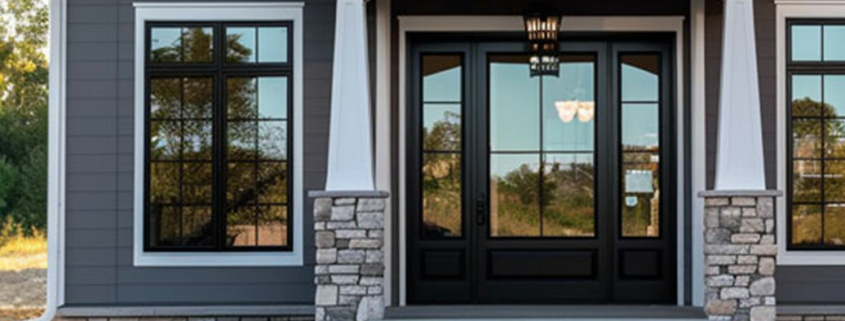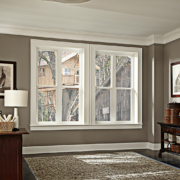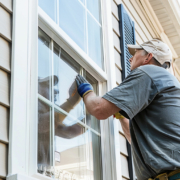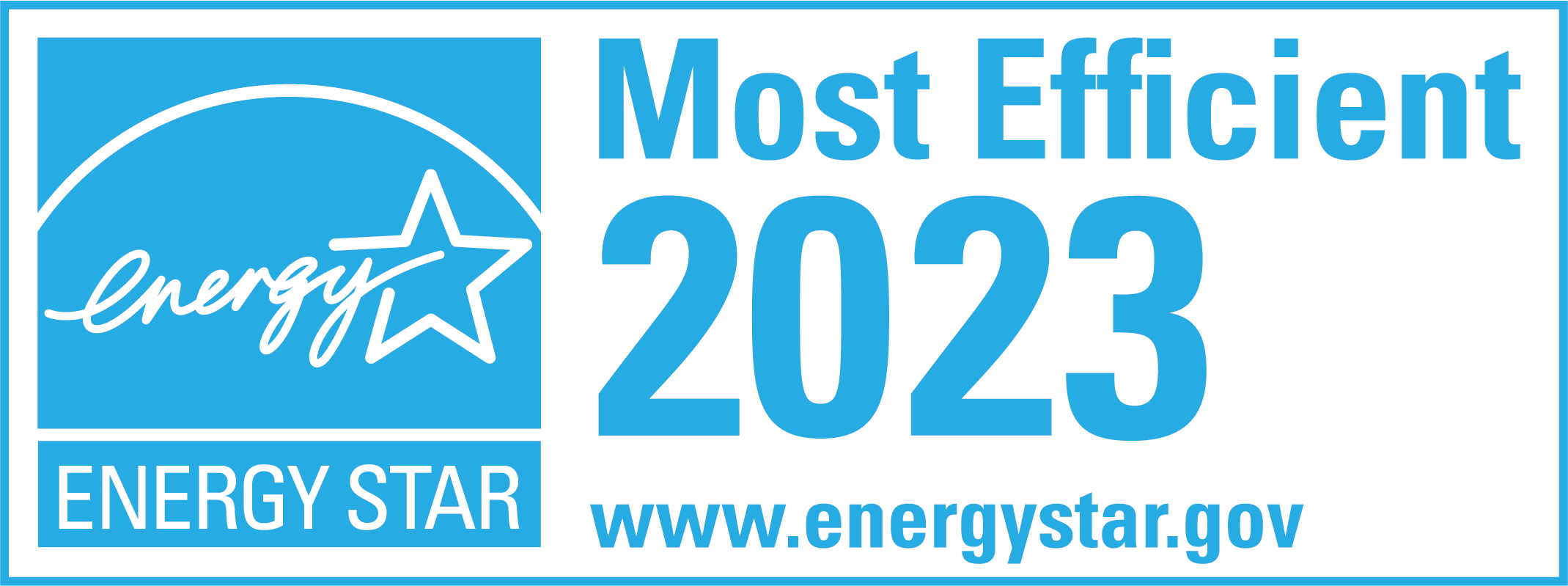Do You Need Energy Star Rated Replacement Windows?
If you’re wondering if Energy Star rated replacement windows are right for your home, you’ve come to the right place! In this article, we’ll dive into what Energy Star ratings are, why energy-efficient windows matter, the key differences between rated and non-rated windows, and how to assess if it’s time to upgrade your current windows. By the end, you’ll be well-equipped to decide if Energy Star rated windows are the perfect fit for your home.
Understanding Energy Star Ratings
First things first—let’s talk about what Energy Star ratings actually mean. The Energy Star program, run by the U.S. Environmental Protection Agency (EPA), promotes energy efficiency and aims to reduce greenhouse gas emissions. Products, including windows, earn Energy Star ratings by meeting strict efficiency criteria set by the EPA.
Energy Star ratings have become a go-to for consumers who want to save on energy bills and make eco-friendly choices. Now, let’s see what an Energy Star rating specifically means for windows.
What is an Energy Star Rating?
An Energy Star rating signifies a product’s energy efficiency compared to others in its category. For windows, this means they are designed to minimize energy consumption and enhance thermal performance. These windows help keep your home comfortable by reducing heat loss in the winter and heat gain in the summer, which lowers your reliance on heating and cooling systems and ultimately slashes your energy bills.
How Are Windows Rated by Energy Star?
Windows must pass rigorous tests to earn an Energy Star rating. The criteria vary by climate zone and consider factors like U-factor, solar heat gain coefficient (SHGC), and air leakage.
-
- U-factor measures the rate of heat transfer. A lower U-factor means better insulation.
- SHGC measures how much solar radiation passes through the window. A lower SHGC is better for warm climates.
- Air leakage indicates how much air can pass through the window; lower values mean better sealing.
By meeting these criteria, Energy Star-rated windows are guaranteed to be energy efficient for specific climate conditions, helping you make smart choices for your home.
The Importance of Energy Efficiency in Windows
Windows are pivotal to your home’s energy efficiency. They can either help conserve energy or become significant sources of heat loss or gain. Here’s how energy-efficient windows can benefit you:
The Role of Windows in Energy Conservation
Energy-efficient windows minimize heat transfer between your home’s interior and exterior. In winter, they help retain heat, reducing heating needs. In summer, they block unwanted heat, lessening the reliance on air conditioning. These windows usually feature multiple glass panes with insulating gas in between and low-emissivity (low-e) coatings that reflect heat while allowing light to pass through.
Additionally, good weatherstripping and tight seals in energy-efficient windows prevent drafts, keeping your home well-insulated and comfortable year-round.
How Energy Efficient Windows Save Money
Energy-efficient windows reduce the need for heating and cooling, leading to significant savings on your energy bills. According to the U.S. Department of Energy, such windows can save homeowners between $126 and $465 annually. Over time, these savings can more than offset the initial cost of new windows. Plus, energy-efficient windows can boost your home’s value—a big plus for potential buyers.
And let’s not forget the environmental benefits. By lowering your energy consumption, you’re also cutting down on greenhouse gas emissions, making energy-efficient windows an eco-friendly choice.
Comparing Energy Star Rated Windows and Non-Rated Windows
So, how do Energy Star rated windows stack up against non-rated ones?
Performance Differences
Energy Star rated windows offer superior performance. They’re better at insulating, reducing condensation, and minimizing air leakage, leading to enhanced comfort and energy savings.
Cost Differences
While Energy Star rated windows might cost more upfront, the long-term energy savings and potential rebates from utility companies can make them a cost-effective choice.
Evaluating Your Current Windows
Before deciding to replace your windows, it’s crucial to assess their condition and energy efficiency.
Signs Your Windows Need Replacing
Look out for drafts, water leaks, or difficulty in opening and closing your windows. Older or single-pane windows are often less energy efficient, and upgrading to Energy Star rated windows can significantly improve your home’s performance.
Assessing the Energy Efficiency of Your Existing Windows
Check for gaps, cracks, or broken glass, and examine the weatherstripping quality. If you find issues, your windows likely need replacing to ensure adequate insulation.
The Long-Term Benefits of Energy Star Rated Windows
While the initial cost may be higher, Energy Star rated windows offer long-term benefits like improved energy efficiency, greater comfort, and lower energy bills.
In conclusion, if you’re focused on energy efficiency and saving on energy bills, Energy Star rated replacement windows are a wise choice. They provide superior performance, reduce energy consumption, and enhance your home’s comfort. By evaluating your current windows and understanding the benefits, you can make an informed decision that benefits both your wallet and the environment.


















Leave a Reply
Want to join the discussion?Feel free to contribute!